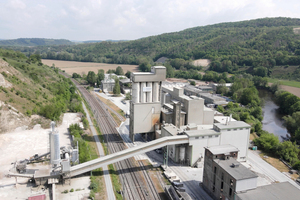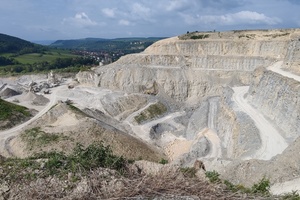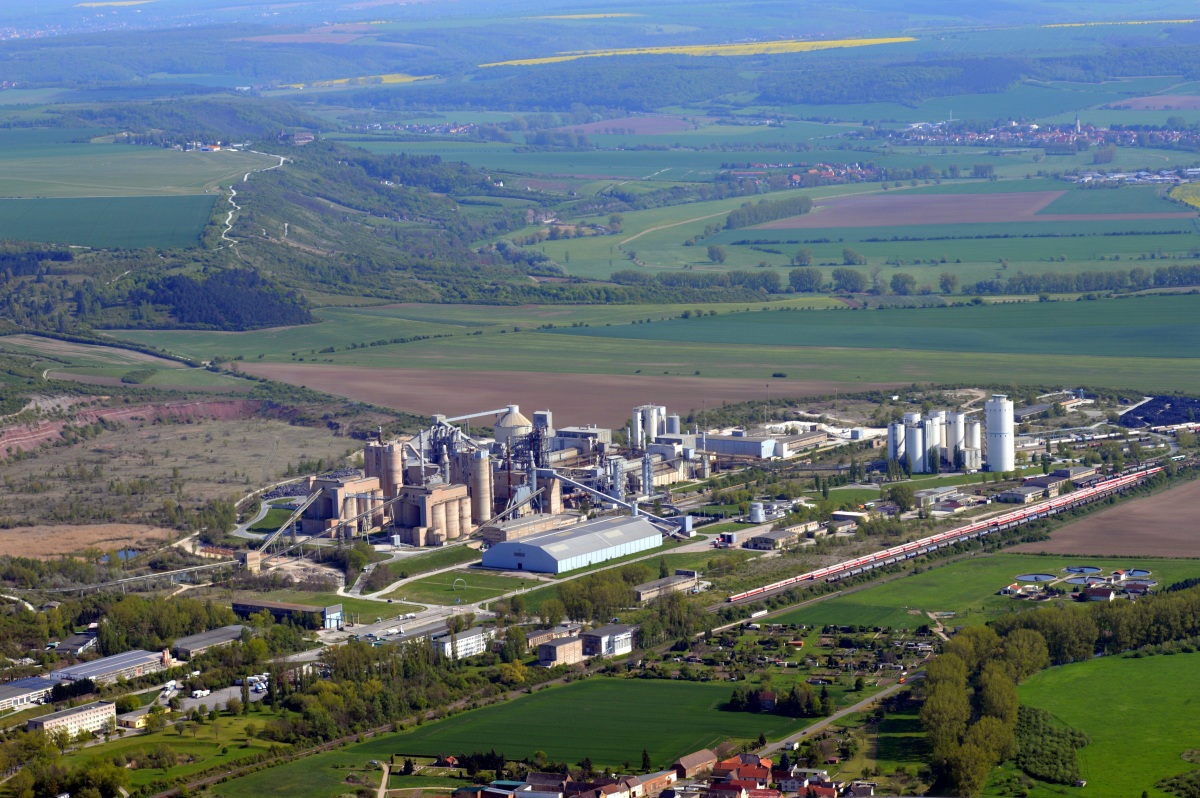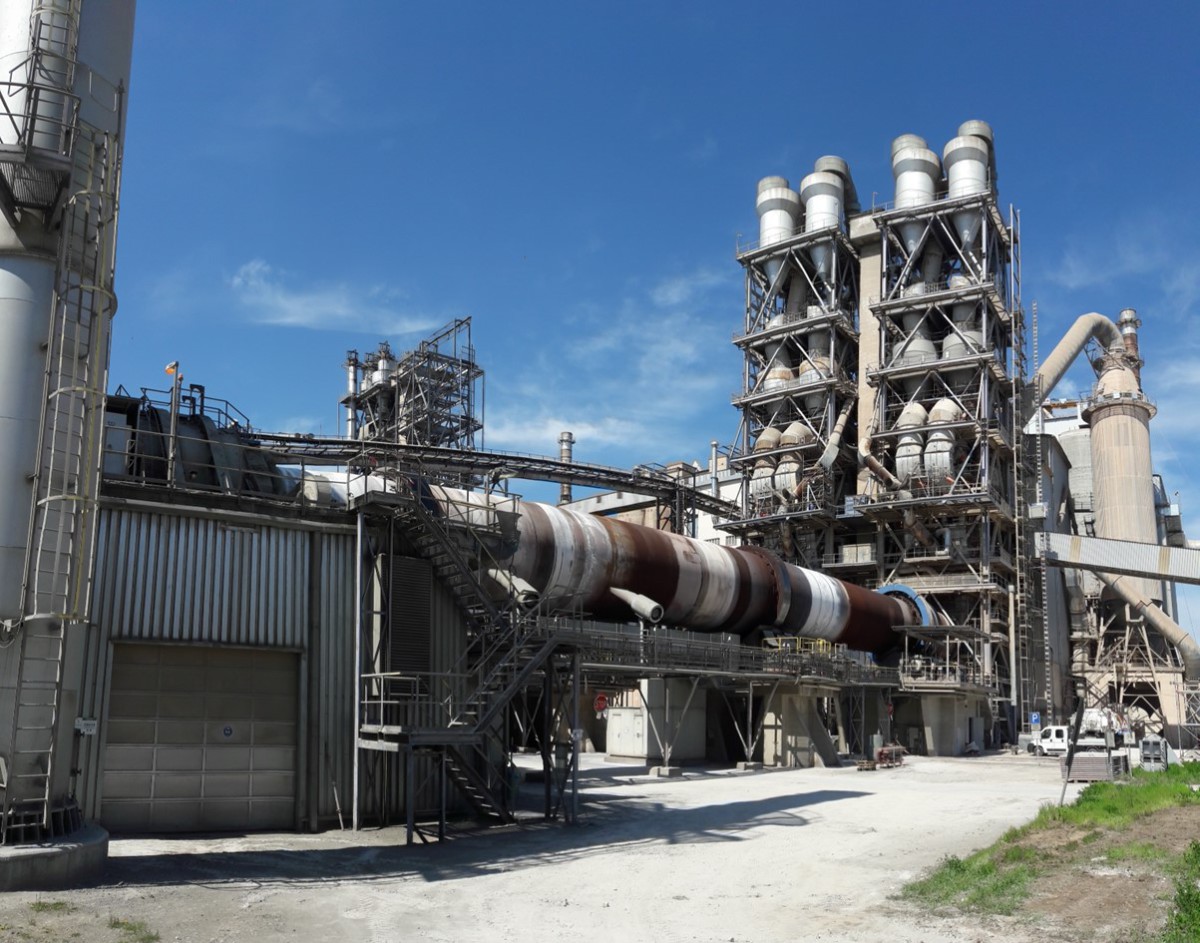The Dorndorf cement plant, the foundation of the cement division of the thomas group, turns 125 years old
The Dorndorf cement plant is 125 years old. Despite or perhaps because of its impressive past, the plant is a fundamental building block of the thomas group’s cement business line and, together with the recently acquired plant in Karsdorf, opens up special opportunities, particularly in the area of sustainability. Sales of the thomas group‘s cement business line will grow to € 250 million with the acquisition.
The Dorndorf cement plant – the first cement plant in the thomas group
With more than 54 million t of aggregate reserves, the Dorndorf plant is one of the few medium-sized cement plants in Germany. With around 80 employees, it produces high-quality cement, which is primarily supplied to the markets of Thuringia, Saxony and northern Bavaria. Since 1991, the plant has belonged to the thomas gruppe, for which it was the first cement plant. “Where do you get the clinker?” was the question Eckhardt Thomas was asked by his banker, but by then it was all over him: “After just 10 minutes on my first visit in July 1991, it was clear to me: You‘ll get it! The location, the facilities, the imposing quarry; it all fitted together, which is why I didn’t hesitate for long.”
An impressive past with ups and downs
The history of Dorndorf is moving: in 1897, Dr. Max Frenzel from Berlin decided to build a lime plant in Steudnitz and, after several expansions and good sales, planned to build a cement factory in 1908. Due to unsettled inheritance matters, Richard Ollendorf and Herbert Levin took over the plant at some point. As they were of Jewish descent, they had to leave Germany during the National Socialist era, whereupon the plant was shut down and partially dismantled. It was not until after the war, in 1948, that operations were resumed. In the course of the formation of the combine, cement production was discontinued in 1954 and the plant was converted into a fertilizer plant, until the end of the plant followed in 1990 the remaining personnel began to reprocess commercial stockpiles in the quarry. In 1991, Eckhardt Thomas came to the plant and was able to purchase it just a few weeks later.
The Dorndorf plant under thomas – the start of something special
Under thomas, the plant grew steadily. In 1993, Heiko Theuerkauf joined the company and in 2002 took over the management of the Dorndorf plant, a position he still holds with great passion today. With extensive investments of more than € 50 million, the plant was brought up to environmental and market standards. In the process, a quarry operation and a ready-mix concrete, asphalt and dry mortar plant were established on the market at the site in addition to cement production. In the face of fierce resistance from cement suppliers tied to the group, it was possible to win over mainly medium-sized customers to ensure the stabilization and development of the company. The Dorndorf plant is characterized by close cooperation with the Bauhaus University in Weimar and organizes the annual dornburger baustoffthemen (now thomas baustoffthemen), at which customers and partners receive impetus for the development and application of various cements as well as aspects of successful corporate management.
The cement division as a growth driver of the thomas group
The thomas group has always pursued a steady and long-term growth course in the cement business. With the purchase of the Erwitte plant in 2017, the competitive position has improved significantly and together with the plant in Dorndorf, the Group has achieved a significantly larger market share in both Germany and the Netherlands. With the recently acquired Karsdorf plant, thomas gruppe’s cement division has now reached a sufficient size to introduce a technology in the long term together with the Dorndorf clinker requirement that will capture the CO2 produced in the cement production process in an ecologically and economically viable size. “We are convinced that cement will become a ‘clean’ building material and believe in its future.”






